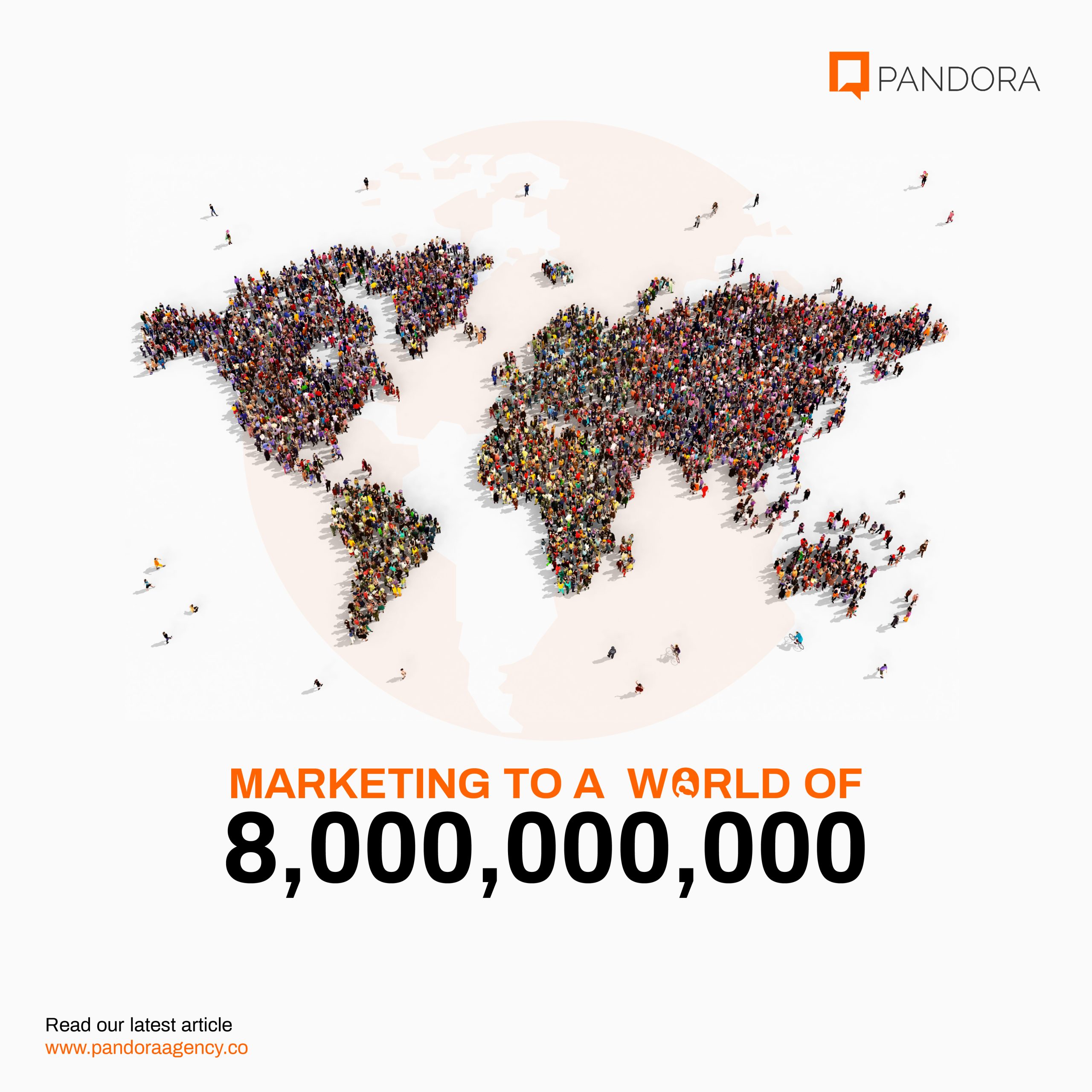Marketing is as old as civilization. However, the industrial revolution brought about well-defined marketing practices. Those early days did not have the privilege of digital marketing, so marketing execution was quite simple. Most marketing was done by mail, boards, magazines, and other press.
Currently, the global population has rapidly risen to 8 billion in November 2022 and this explosion coincides with a period in which some of the fastest technologies ever are available in a variety of industries. Over 64.6% of the global population now has access to the internet, thereby providing marketers with the largest pool of potential customers easily reachable in history.
This has radicalised so many decision-making processes in marketing. Access to the internet and social media platforms have helped with better consumer education. On one hand, consumers are now more informed about products, their rights, their values and ethics before choosing brands to relate with. Marketers can now leverage the internet, websites, social media platforms, search engines, email marketing, mobile apps, and other digital advertising formats to reach and engage with their target audiences.
In addition, big data is now being leveraged in making marketing decisions. In the past, campaigns had to be launched before one could start waiting for results to measure success, it is now easier to predict campaigns.
From the data available to marketers, it becomes easy to determine consumer preferences, demographics and habits. This makes it easier to target marketing efforts and the same data tools available make it easy to track the success or failure of marketing efforts and determine future directions for such marketing efforts.
The availability of data also helps to personalise targeting efforts for customers. The personalisation of marketing efforts usually makes customers more responsive and they are more likely to engage with brands who leverage such an approach. This fosters customer-centric marketing and decision-making.
Closely tied to the much needed data-centric decision-making in marketing is the evolution of automation tools. It’s hard catering one by one to an audience comprising billions of people across every part of the world. There is a need for time management now more than ever. This makes the automation tools now available to marketers a saving grace in a world of 8 billion people. Hence, the increased reliance of marketers on artificial intelligence (AI) to automate repetitive tasks and decisions such as mailing, posting, and customer care amongst others.
To market to the entire globe, there is a need to leverage every available channel as different consumers favour different channels. This has caused other forms of marketing such as influencer marketing and user-generated content to thrive. Engaging a widely diverse audience means that different styles of marketing will work for different audiences. So, it is no longer strange to see brands use various channels or types of marketing for the same product and purpose.
One of the most tasking changes to marketing for a brand seeking a global audience is now sensitivity to different cultures, languages, religions, genders, sexuality, age ranges, and socio-political demographics. The demographics can now be divided along so many lines and there is usually a need to select the prioritised group to reach.
Marketers now have to be extra careful to not offend their target groups and marketing materials must be customised in ways that best engage and reach the target audience. Marketers have also become conscious to tailor product offerings to the needs and aspirations of the diverse groups of people that they need to reach.
In addition to catering to wide demographic ranges, brands now aim to be global because they realise there is an audience for them in almost every continent and the internet makes it possible to get that global reach. However, globalisation does not erase the diversity in the world, so global marketing efforts by brands now have to be localised to suit the sensitivities of different localised markets.
The world population explosion has also been linked to climate change. Many experts believe that the population pressure on the earth makes it harder to reduce the emission of greenhouse gases. People have become increasingly concerned about the survival of their environment and sustainability in the world at large.
The link between the changes in the environment and global population also means that sensitive marketers have to focus on environmental sustainability too. They must show that they care about what their audience cares about. Consumers are now likely to prefer a brand that is environmentally responsible and invested in sustainable practices.
In conclusion, marketing to a world of 8 billion requires sensitivity to diversity and the leveraging of all available channels to reach a wide range of consumers in real time. It also means that competition has increased, and it is in the best interest of brands to seek the most localised ways to reach a variety of audiences globally.



This article is quite insightful and expository in teaching about marketing in today’s world in line with the booming world population.
Your point of view caught my eye and was very interesting. Thanks. I have a question for you.
What is your question?